Romanesque Lighting
Romanesque architecture is a style that emerged in medieval Europe from the 10th century until the 12th century. This style is characterized by its simplicity, solid construction, and the use of bold, heavy decorations. The Romanesque period was also known for its impressive lighting design that plays a significant role in the overall impression of the building. In this article, we explore the Romanesque era's lighting design, covering the lighting techniques and materials used, the influence of religion, the evolution of Romanesque lighting, and the relevance of Romanesque lighting design in contemporary architecture.

Romanesque Lighting Techniques and Materials Used:
Romanesque lighting techniques were heavily influenced by the available resources and materials of the time. Churches and other buildings had to be brightly lit to facilitate worship and other functions. Therefore, builders used several techniques to produce the necessary light, such as colored glass windows, candles, torches, and oil lamps. Colored glass windows were the most common lighting source. The glass panels were used to create colorful patterns and designs that brightened the interior of the churches.
The use of stained glass windows was particularly significant in the high-level architecture of the Romanesque period, as it gave a religious effect visible even from the outside. It was a way of telling a story of Christ or other religious themes to the exterior viewers before entering the church. The colored glass panels were often mounted in lead frames that enabled the windows to be shaped into intricate designs. The theme of the windows was often religious, depicting biblical stories or saints. The colors were chosen carefully to create specific meanings or convey particular messages, such as calmness, peace, or enlightenment.
Candles and torches were also used during the Romanesque period. Their use was more common in castles, private chapels, and monasteries, where they were more practical than colored glass windows. They were often placed in chandeliers or torch holders, which were suspended from the walls or ceiling. The use of candles was regarded as symbolic and had close associations with religious rituals and practices. They were often lit in honor of saints or to provide light during prayer sessions.
Oil lamps were also used, particularly in areas with limited access to natural light or where colored glass windows were not feasible. The lamps were made of earthenware or metal, and the wick was made of wool or hemp. The oil used was usually vegetable oil or animal fat. The oil lamps were suspended from walls or ceilings or placed on tables and in brackets. The lighting was often low and provided a subdued atmosphere.

Influence of Religion:
Religion played a critical role in the Romanesque period's lighting design. The primary reason for the architectural design of churches was to create an environment that facilitated worship. The use of light in churches was not only practical but also symbolic and spiritual. The use of bright colors in the stained glass windows wasn't only to create an aesthetically pleasing environment but also to evoke specific emotions and feelings that facilitate worship.
The colors chosen were based on religious symbolism, with each color representing something different. For instance, red-colored glass windows were used to represent martyrdom, pink was used to represent joy, and blue represented the Virgin Mary. The use of these colors was meant to create a spiritual atmosphere that would, in turn, enhance the worship experience.
The use of candles in religious ceremonies was also significant, as it symbolized the presence of Christ during the service. The lighting of the candles was a representation of enlightenment, which was a significant aspect of religious belief during the Romanesque period. The candles also had a practical use of illuminating the holy relics, icons, and statues in the church.

The Evolution of Romanesque Lighting:
The lighting design during the Romanesque period underwent several changes as the architecture evolved. The design of lighting fixtures began to become more elaborate, with the introduction of more intricate designs of chandeliers and glass lamps. The use of candles and oil lamps decreased in popularity, with the introduction of more advanced lighting options, such as gas lighting.
The influence of Gothic architecture led to the introduction of larger and more elaborate stained glass windows. The Gothic style used thinner and more expansive stained-glass windows that enabled more natural light to penetrate the building's interior. This innovation allowed for the creation of more elaborate designs in the glass windows, making it a key feature in the Gothic period's architectural style.
With advancements in technology, lighting design continued to evolve during the Renaissance and Baroque periods. Electric lighting became a widespread lighting option, which led to the creation of more intricate and modern lighting designs.

Relevance of Romanesque Lighting Design in Contemporary Architecture:
The influence of Romanesque lighting design can be seen in contemporary architecture, predominantly in religious building architecture. The use of stained glass windows, candles, and oil lamps are still common lighting options in contemporary churches and chapels, whose architectural influence is drawn from the Romanesque style. The use of stained glass windows in contemporary architecture is not limited to religious buildings but can be seen in residential and commercial buildings.
The introduction of modern lighting options has led to the creation of more elaborate lighting designs, with a clear inspiration from the Romanesque period. The use of color schemes, subtle lighting, and the creation of atmosphere using lighting has been instrumental in the design of contemporary buildings.

The Romanesque period was significant in lighting design, with a distinctive focus on creating a spiritual and religious atmosphere. The use of colored glass windows, oil lamps, and candles were significant in facilitating worship and religious practices. Religion played a vital role in lighting design, with the use of colors often representing specific religious beliefs. The evolution of the lighting design incorporated technological advancements leading to the introduction of intricate and modern lighting designs. Romanesque-inspired lighting design is still prevalent in contemporary architecture, predominantly in religious building architecture. The use of color schemes and subtle lighting is a common feature in contemporary building design, drawing inspiration from the Romanesque period's lighting design.





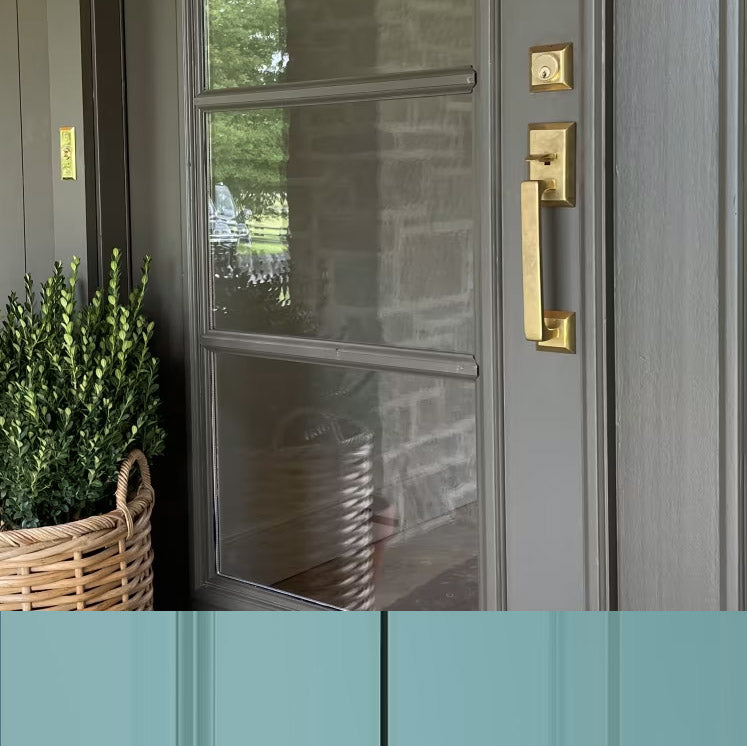
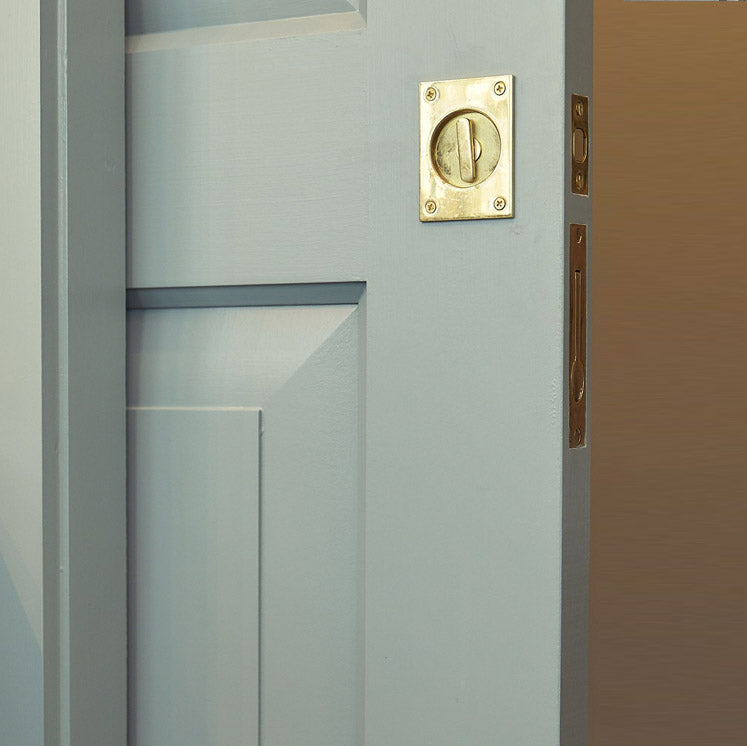

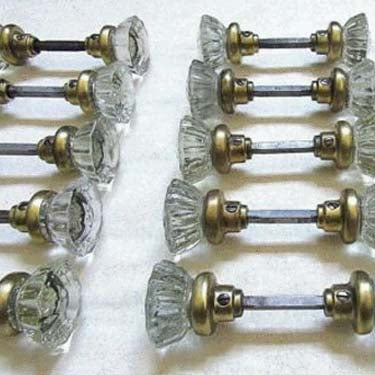





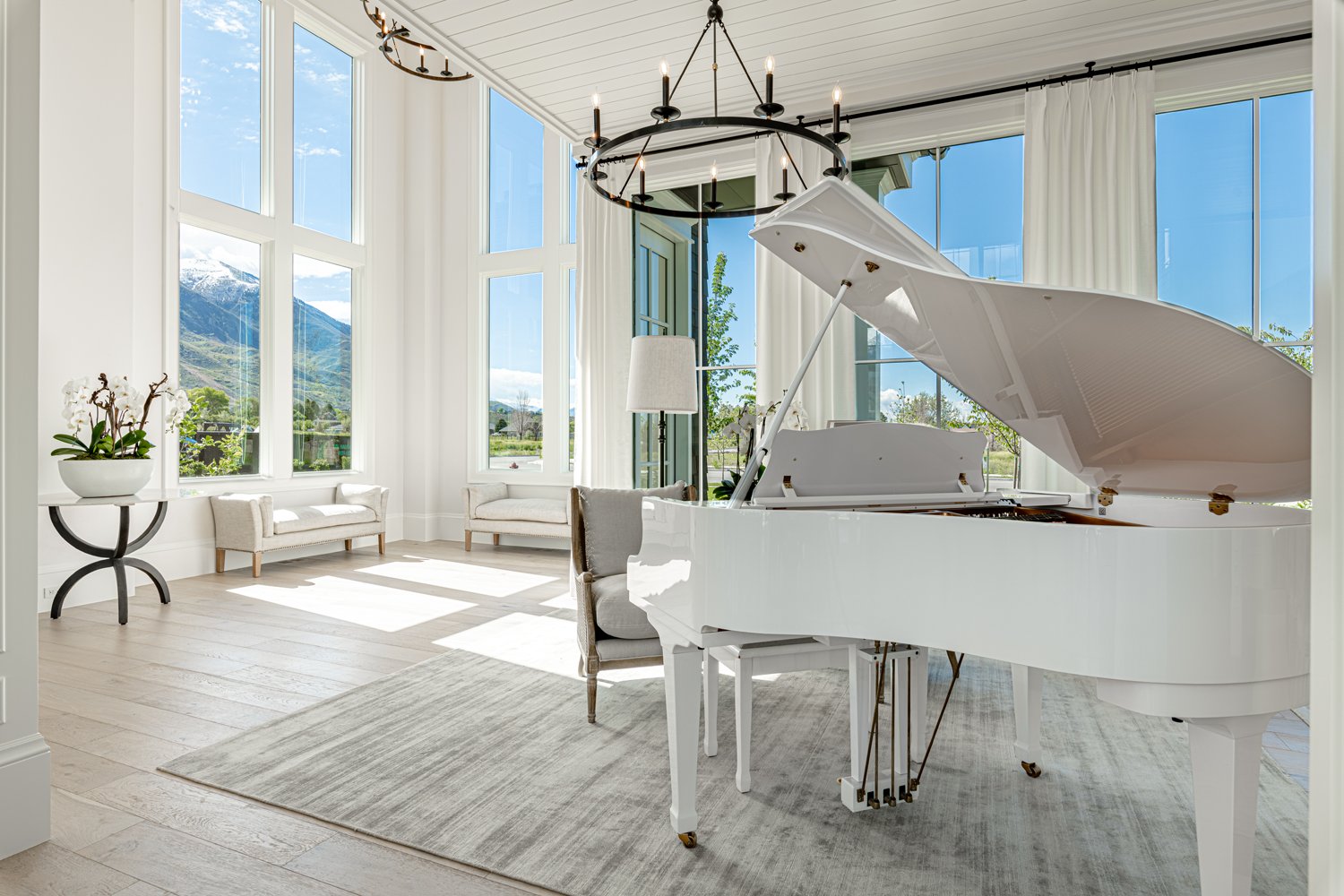
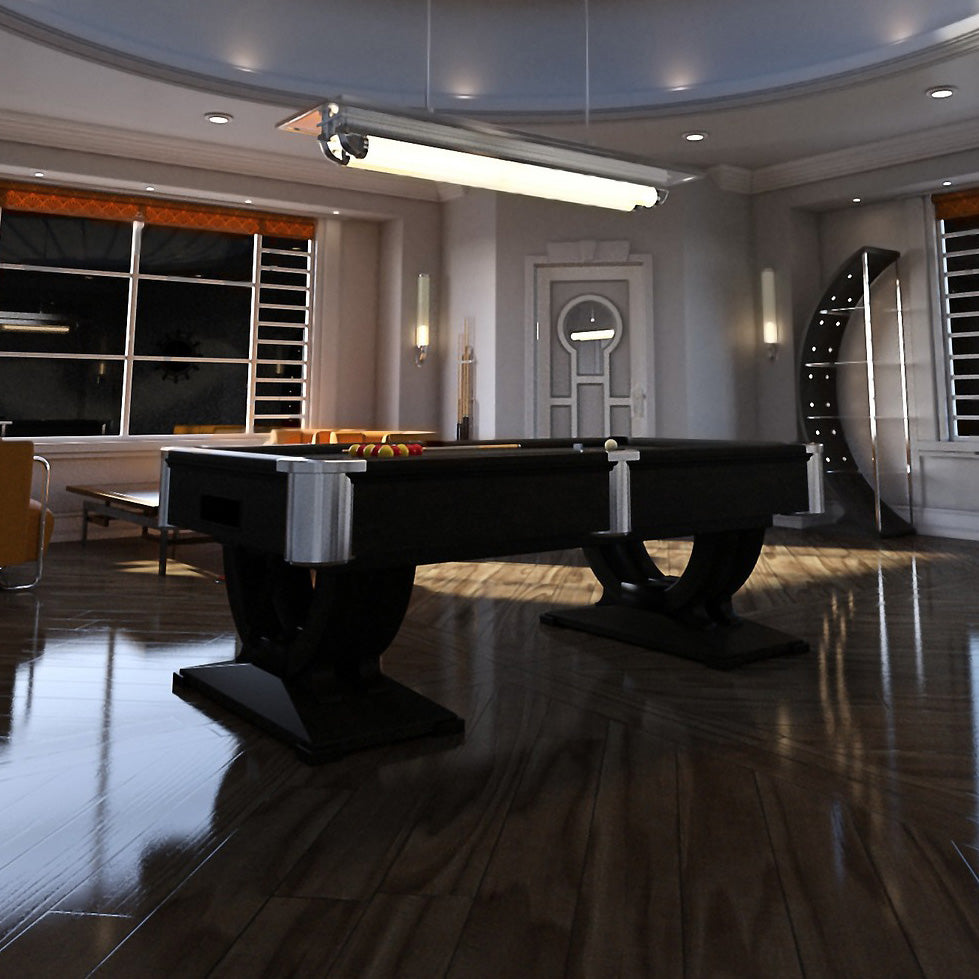
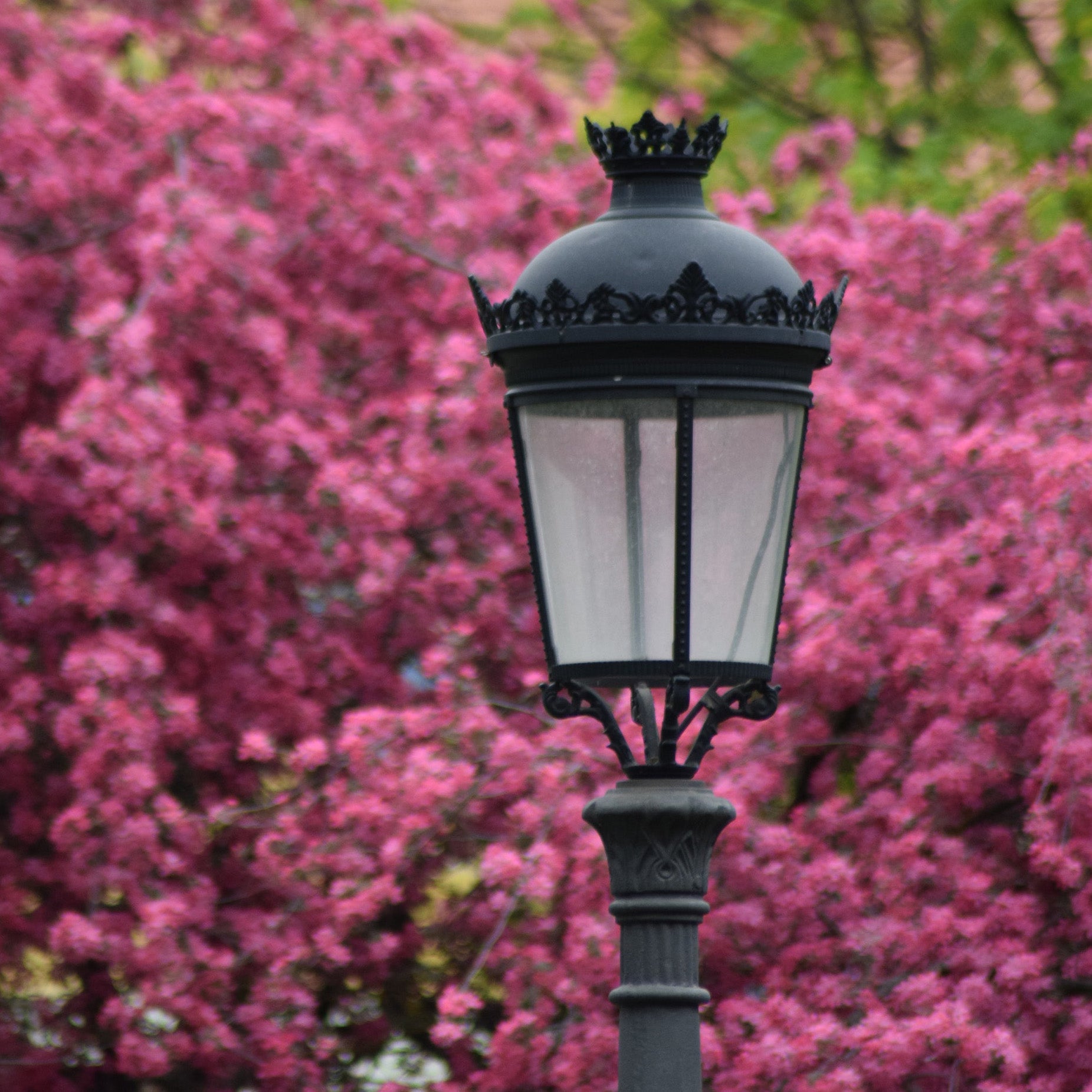

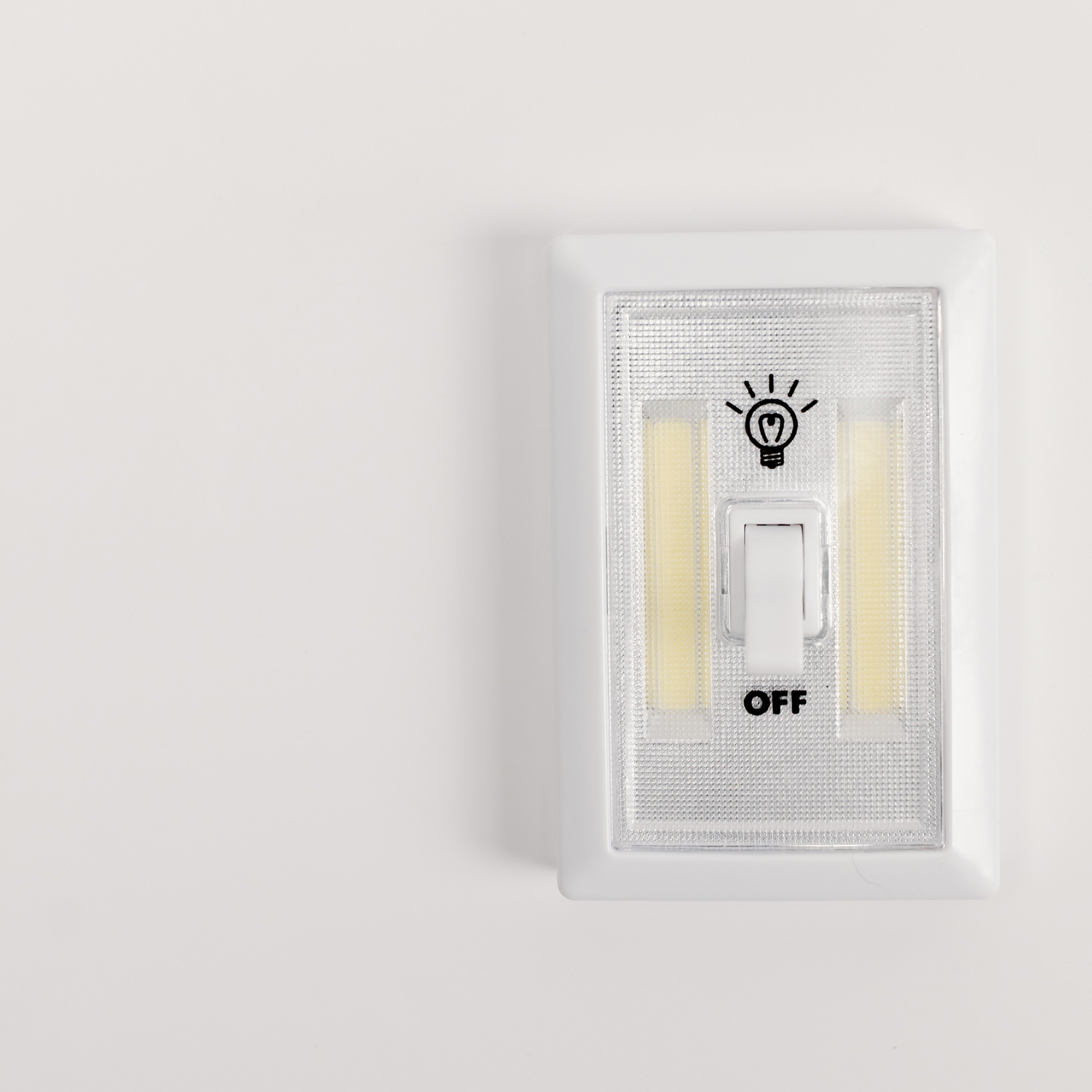



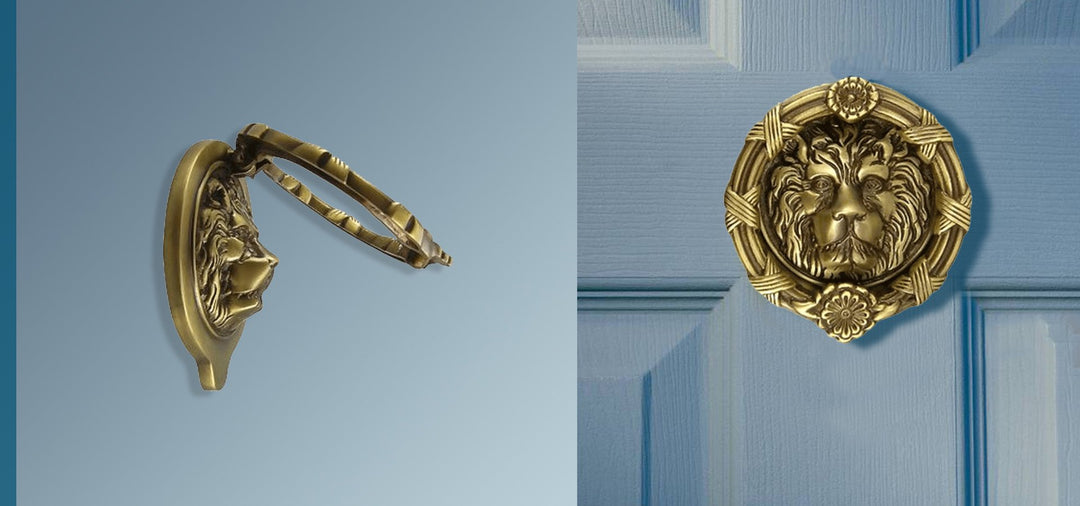
Leave a comment